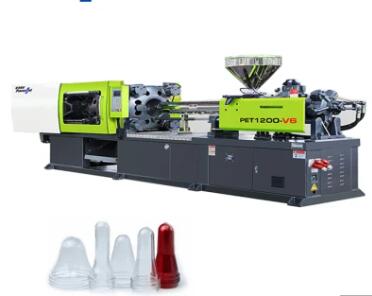Precision in Action: Understanding Injection Molding in Plastic Machinery
2024-01-05
Introduction:
Injection molding stands as a cornerstone in the field of plastic manufacturing, enabling the production of an extensive array of products with intricate shapes and precise details. This widely used manufacturing process offers versatility, efficiency, and high repeatability, making it a favored choice in various industries. In this blog, we will unravel the intricacies of injection molding, exploring how it works within the realm of plastic machinery to transform raw materials into finished plastic products.
1. Defining Injection Molding:
Injection molding is a manufacturing process that involves injecting molten plastic material into a mold cavity, allowing it to cool and solidify to create a specific shape. This versatile technique is employed for producing a myriad of plastic items, ranging from small components to large and complex structures.
2. The Basics of Injection Molding:
- Material Preparation: The process begins with the selection and preparation of plastic resin pellets. These pellets, often referred to as the "feedstock," are melted to a liquid state, typically in a plasticizing unit of the injection molding machine.
- Injection: The molten plastic is then injected into a carefully designed mold through a nozzle. The mold is a precision tool with a cavity that mirrors the desired shape of the final product.
- Cooling and Solidification: Once injected, the molten plastic rapidly cools and solidifies within the mold, taking on its intended shape. Cooling is a critical phase, and precise temperature control ensures uniformity and prevents defects.
3. Components of an Injection Molding Machine:
- Hopper: The hopper is the reservoir that holds the plastic resin pellets before they are fed into the plasticizing unit.
- Plasticizing Unit: This unit consists of a screw or ram that melts and homogenizes the plastic pellets, converting them into a uniform molten state.
- Injection Unit: The injection unit is responsible for injecting the molten plastic into the mold. It comprises a barrel, screw, and nozzle.
- Mold: The mold is a crucial component that defines the final product's shape. It is typically composed of two halves, the stationary side (cavity) and the movable side (core), which come together during the injection process.
- Clamping Unit: The clamping unit ensures that the mold remains securely closed during injection and cooling. It provides the necessary pressure to counteract the force exerted by the injected plastic.
4. Cycles of Operation:
Injection molding operates in cycles, with each cycle encompassing the following phases:
- Closing and Clamping: The mold closes, and the clamping unit exerts pressure to hold it securely shut.
- Injection: The plasticizing unit injects molten plastic into the mold cavity.
- Cooling: The molten plastic cools and solidifies within the mold.
- Ejection: The mold opens, and the finished product is ejected.
5. Advantages of Injection Molding:
- High Precision: Injection molding enables the production of highly detailed and intricate parts with tight tolerances.
- High Production Rates: The rapid cycles of injection molding make it well-suited for high-volume production.
- Material Variety: A wide range of thermoplastics and thermosetting plastics can be used in injection molding.
- Complex Geometries: Injection molding accommodates the creation of complex shapes and geometries with ease.
Conclusion: Precision in Every Molded Detail
Injection molding is a pivotal process within the realm of plastic machinery, embodying precision, efficiency, and versatility. As technology continues to advance, injection molding remains at the forefront of plastic manufacturing, continually pushing the boundaries of what can be achieved. Understanding the intricacies of this process provides manufacturers with the knowledge needed to harness its capabilities and transform raw materials into an array of essential and intricate plastic products.



